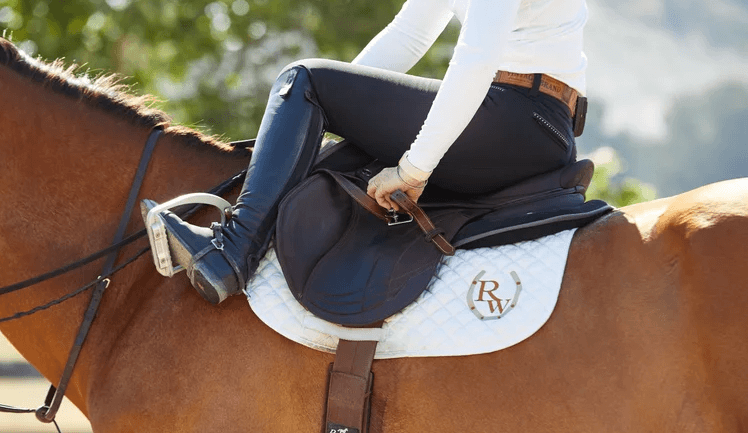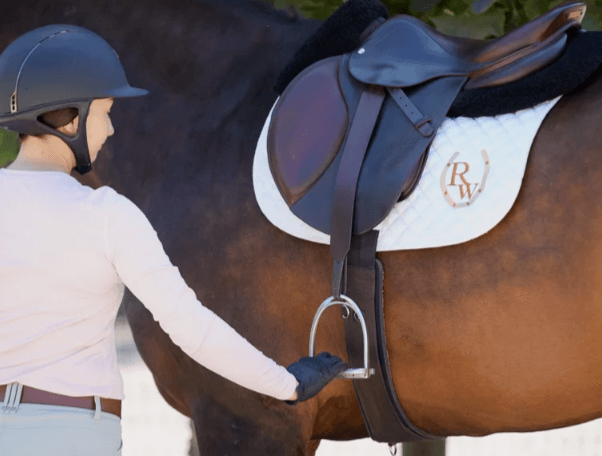How do you properly adjust stirrups and reins for comfortable riding?

Introduction
Properly adjusting stirrups and reins is crucial for a comfortable and effective riding experience. Whether you’re a beginner or an experienced rider, ensuring your equipment is well-fitted can make a significant difference in your comfort and control while riding. In this article, we’ll explore the essential steps to adjust stirrups and reins correctly, enhancing your overall riding experience.
Importance of Proper Adjustment
The right adjustments ensure that you maintain balance, communicate effectively with your horse, and avoid unnecessary strain on your body. Properly fitted stirrups and reins contribute to better posture, improved control, and increased comfort during rides.
Understanding Stirrup Length
To find the right stirrup length, stand beside your horse and let the stirrup hang down. The stirrup should reach your ankle bone. This is a good starting point for most riders.
While mounted, check if your stirrups are the right length by standing up in the stirrups. You should have a slight bend in your knee. If your legs are too straight or too bent, adjust accordingly.
Finding the Optimal Reins Length

Different types of reins, such as split reins, loop reins, or mecate reins, have unique lengths and purposes. Choose reins that suit your riding style and discipline.
Hold the reins at a comfortable length that allows you to maintain light contact with your horse’s mouth without pulling. Your elbows should form a straight line from your hands to the bit.
Techniques for Adjusting Stirrups
Most stirrups have buckles for easy adjustment. To lengthen or shorten the stirrups, adjust the buckle to the desired hole.
Ensuring Even Stirrup Lengths
Double-check that both stirrups are adjusted to the same length. Uneven stirrups can cause imbalance and discomfort while riding.
Adjusting Reins for Different Riding Styles
Western and English reins have different adjustment needs. Western reins are typically longer, while English reins are shorter for precise control.
For dressage, reins should be shorter to maintain close contact with the horse’s mouth. This allows for subtle and precise cues.
Common Mistakes and How to Avoid Them
Avoid keeping the reins too tight, as it can cause discomfort for your horse and reduce effective communication.
Stirrups that are too long can cause your legs to dangle, while stirrups that are too short can strain your knees and thighs. Find a balance that allows for a slight bend in your knee.
Tips for Beginners
Beginners can practice adjusting stirrups and reins while off the horse. This helps build confidence and familiarity with the equipment.
Don’t hesitate to ask experienced riders or instructors for help. They can provide valuable tips and ensure your adjustments are correct.
Conclusion
Properly adjusting stirrups and reins is essential for comfortable and effective riding. By taking the time to ensure your equipment fits correctly, you can enhance your riding experience and build a stronger connection with your horse. Remember, a comfortable rider is a confident rider, and proper adjustments play a significant role in achieving this comfort.
FAQs
How do I know if my stirrups are the right length? The stirrups should reach your ankle bone when standing beside your horse. While mounted, you should have a slight bend in your knee.
What are the signs that my reins are too tight? Signs include your horse showing discomfort, resistance, or a stiff neck. Your elbows should form a straight line from your hands to the bit without pulling.
Can I adjust my stirrups and reins while riding? Yes, you can make minor adjustments while riding. However, it’s best to stop and make significant adjustments to ensure accuracy and safety.
How often should I check my stirrup and rein adjustments? Check your adjustments before every ride. Over time, leather can stretch, and your needs may change.
Is there a difference in adjusting stirrups for different riding disciplines? Yes, different disciplines may require slight variations in stirrup length. For example, jumping may require shorter stirrups compared






